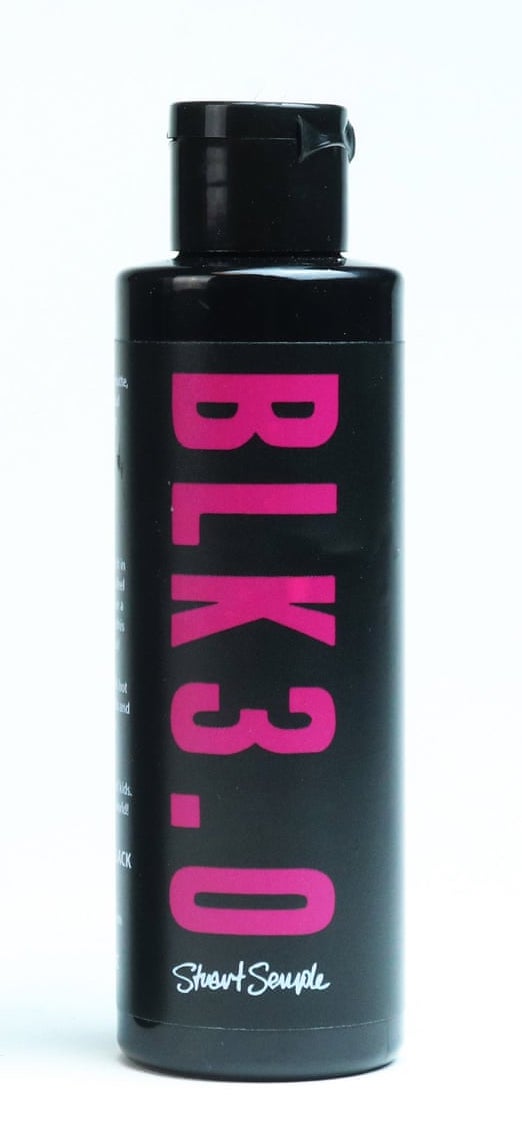
Most people don’t consider white or black a color, but that is where a great deal of the interesting research and innovation is taking place. As many of you already know, sunlight contains all the colors we see today in waves of energy. If you have ever played with a prism it can separate those waves into various spectrums, creating a kind of rainbow. When we look at a red rose, for example, the rose pedals are absorbing all the wavelengths of light except for red. Those red wavelengths are reflected back to our eyes, which gives the rose a red appearance. White, of course, reflects the full spectrum of colors, and black absorbs most of the color contained in the light that hits it.
Researchers at Purdue University recently developed a white paint that remains 18 degrees Fahrenheit cooler than the surrounding temperature — turning the object you paint with it into a refrigerator. The paint reflects almost all the energy that hits its surface. It is said that the reflected heat energy will not contribute to global warming but rather sends the energy into deep space at the speed of light. The scientists say the paint removes heat from the earth and dumps it into the universe — an infinite heat sink.
The paint could significantly reduce global warming if it were applied to roads, car and buildings. Currently heat-rejecting coatings reflect about 80% of the energy that hits their surface compared to 96% with this recent innovation. The development of this paint was difficult; it took more than six years to discover the ideal formula.
A while back I wrote about Vantablack, developed by the British company Surrey Nano Systems for the aerospace industry, which is said to absorb 99.965% of the light that hits it. It is the darkest substance on earth. In a controversial move, artist Anish Kapoor obtained an exclusive license to use this paint as an artist. Other artists are forbidden from obtaining or using this paint. As you can imagine this created quite a controversy within the art world. In response Stuart Semple teamed up with paint manufacturers to develop an alternative paint called Black 3.0 that is now commercially available to everyone but Anish Kapoor. Black 3.0 absorbs 99% of the visual light spectrum, and unlike Vantablack, Semple’s paint is water soluble and non-toxic. When you purchase a bottle of this paint you must state you have no affiliation with Anish Kapoor and that the paint you receive will never make its way into his hands. I am supposed to receive my first bottle in a week
